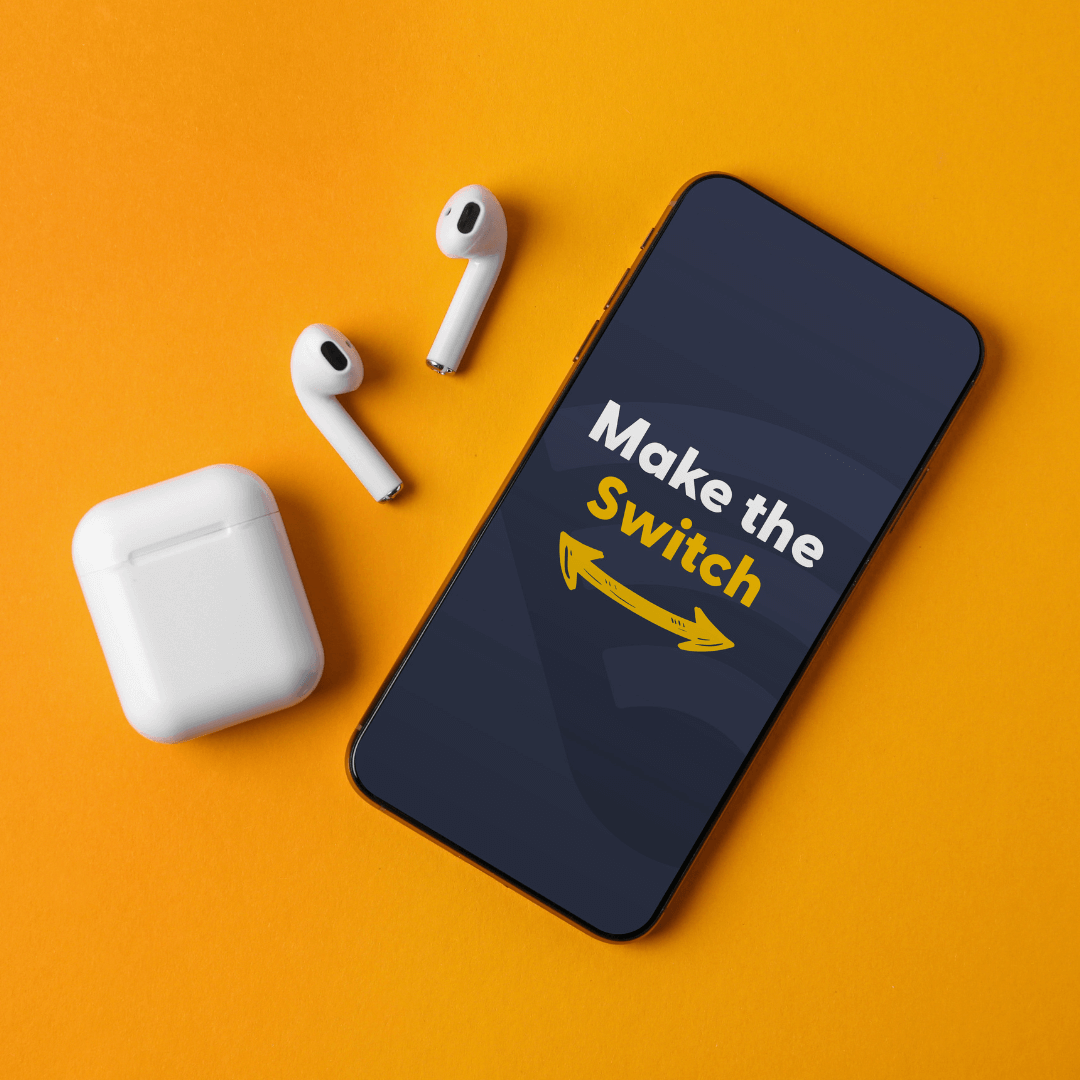Author:
Levi Leonard Conant Ph.D.

Almost ready!
In order to save audiobooks to your Wish List you must be signed in to your account.
Log in Create account
Limited-time offer
Get two free audiobooks!
Now’s a great time to shop indie. When you start a new one credit per month membership supporting local bookstores with promo code SWITCH, we’ll give you two bonus audiobook credits at sign-up.
Sign up todayThe Number Concept
This audiobook uses AI narration.
We’re taking steps to make sure AI narration is transparent.
Learn moreSummary
With respect to finger counting among civilized peoples, we fail, then, to find any universal law; the most that can be said is that more begin with the little finger than with the thumb. But when we proceed to the study of this slight but important particular among savages, we find them employing a certain order of succession with such substantial uniformity that the conclusion is inevitable that there must lie back of this some well-defined reason, or perhaps instinct, which guides them in their choice. This instinct is undoubtedly the outgrowth of the almost universal right-handedness of the human race. In finger counting, whether among children or adults, the beginning is made on the left hand, except in the case of left-handed individuals; and even then the start is almost as likely to be on the left hand as on the right. Savage tribes, as might be expected, begin with the left hand. Not only is this custom almost invariable, when tribes as a whole are considered, but the little finger is nearly always called into requisition first. To account for this uniformity, Lieutenant Gushing gives the following theory,10 which is well considered, and is based on the results of careful study and observation among the Zuñi Indians of the Southwest: “Primitive man when abroad never lightly quit hold of his weapons. If he wanted to count, he did as the Zuñi afield does to-day; he tucked his instrument under his left arm, thus constraining the latter, but leaving the right hand free, that he might check off with it the fingers of the rigidly elevated left hand.
Audiobook details
Narrator:
Mark Walkman
ISBN:
9798868777370
Length:
5 hours 30 minutes
Language:
English
Publisher:
JSX Publishing Inc.
Publication date:
August 30, 2020
Edition:
Unabridged
 Start gifting
Start gifting
 Libro.fm for Business
Libro.fm for Business
 Start a membership, get two free audiobooks
Start a membership, get two free audiobooks